The True Story Of Hachiko, the Most Loyal Dog in History
In Tokyo’s Shibuya district, people often gather near a statue of a dog. It honors Hachiko, a dog who waited for his owner long after the man had died. It’s a story about habit, loss, and time. In Japan, Hachiko is often treated as more than a legend. The character has become part of everyday life—taught in schools, shown in movies, and remembered at the same spot he once returned to.
Professor Searches for an Akita
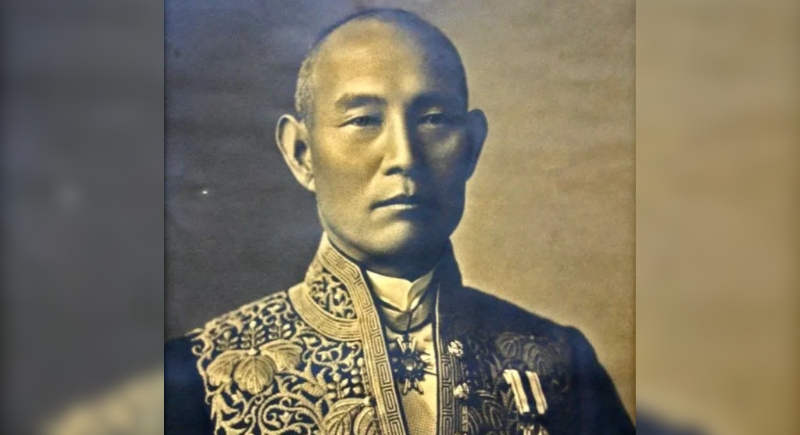
Credit: Wikimedia Commons
In 1923, Professor Hidesaburō Ueno wanted an Akita, a traditional Japanese breed known for its loyalty. One of his students found a suitable puppy in Odate City, and the young dog endured a 20-hour train ride to Tokyo. When he arrived, he was barely alive. Ueno and his partner Yae took care of him immediately.
Nursing Hachi Back to Health
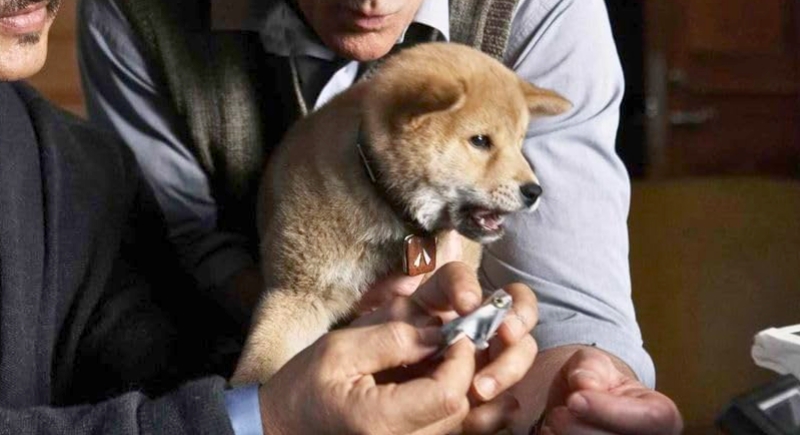
Credit: IMDb
They named him Hachi, a reference to the number eight, which is considered lucky in Japan. Hachi gradually regained his strength through patient care and regular meals. Once healthy, he developed a habit of following Ueno to Shibuya Station each morning and waiting for Ueno to return in the evenings.
The Day Ueno Didn’t Come Back
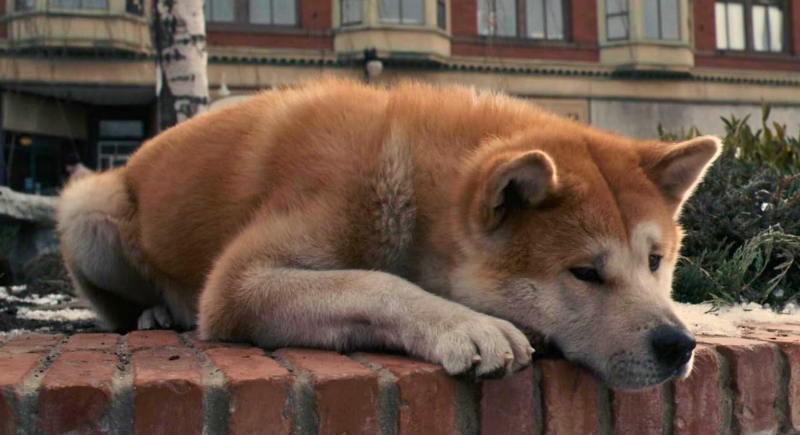
Credit: IMDb
On May 21, 1925, Professor Ueno passed from a cerebral hemorrhage while giving a lecture. That afternoon, Hachi waited at the station as usual. When his owner didn’t arrive, he stayed. He returned the next day and continued the same pattern. No one explained what had happened.
Returning Every Day
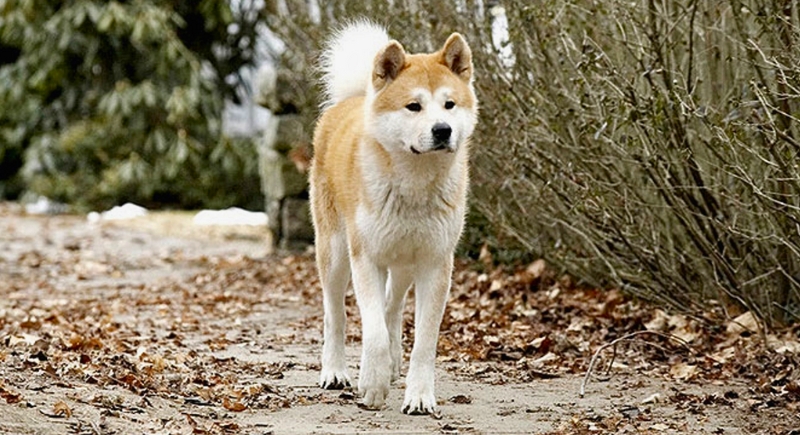
Credit: IMDb
Hachi began living with Ueno’s former gardener. The new home, close to the station, made it easy for him to continue his routine. Every afternoon, he showed up, scanned the arriving passengers, then walked home alone. He kept doing this for nearly ten years, missing no day, through rain, snow, or heat.
News Story Changed Everything
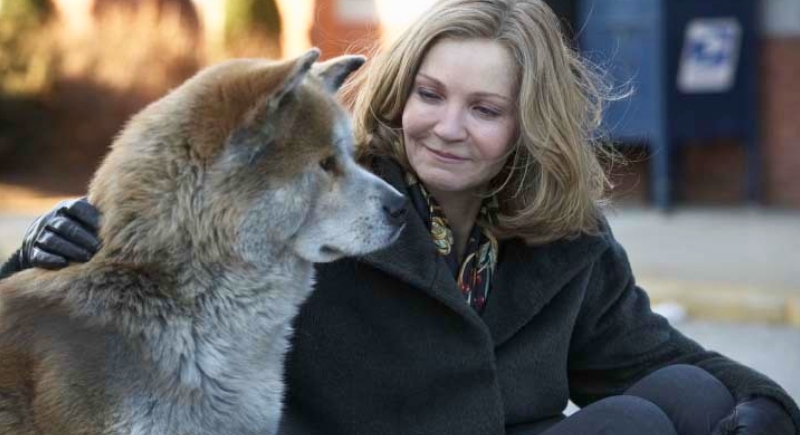
Credit: IMDb
At first, people thought Hachi was a stray. Vendors shooed him away, and kids teased him. But in 1932, a newspaper article changed that. His story drew national attention, and people began visiting Shibuya to see the loyal dog. The pup eventually turned into a symbol of devotion.
Bronze Statue at the Station
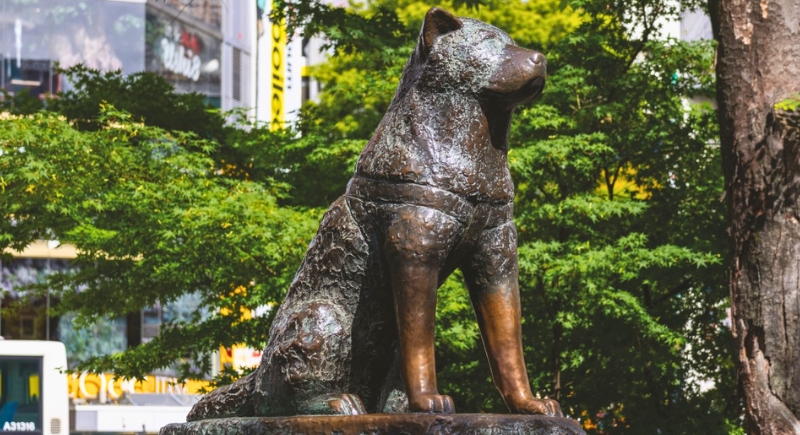
Credit: Facebook
As public interest in his story grew, plans were made to pay tribute to him in a lasting way. In 1934, sculptor Teru Andō created a bronze statue of Hachiko and placed it outside Shibuya Station. Hachi even attended the unveiling. The original piece of art was melted during World War II, but in 1948, Andō’s son rebuilt it.
Hachi’s Last Visit
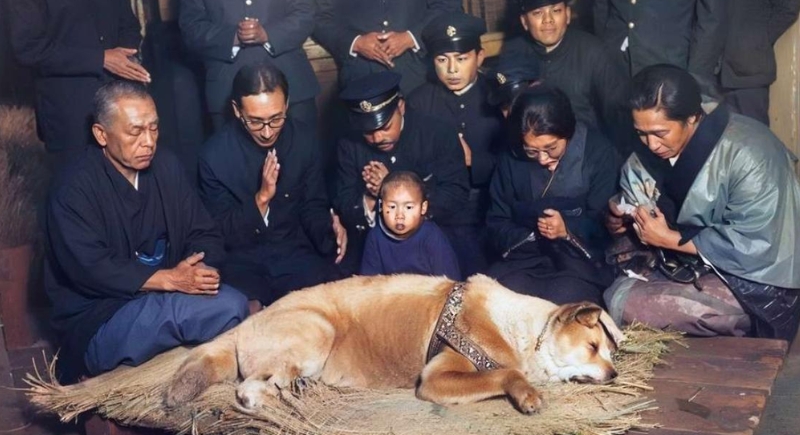
Credit: Wikimedia Commons
Eventually, the visits came to an end when Hachi lost his life at 11 years old, near the station. An autopsy revealed cancer and a parasite infection. Skewers were also found in his stomach, likely scavenged from food stalls. For nine years, nine months, and 15 days, he returned to the same spot, waiting for a friend who never came back.
Preserved in a Museum
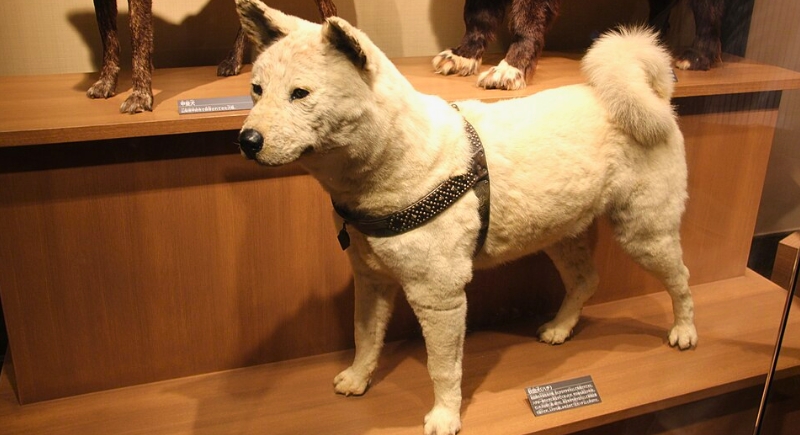
Credit: Wikimedia Commons
Not long after, the canine’s body was preserved and put on display at the National Museum of Nature and Science in Ueno. They used his real fur for the taxidermy. Meanwhile, some of his internal organs, including his heart and lungs, are stored nearby at the University of Tokyo.
Laid to Rest with His Owner
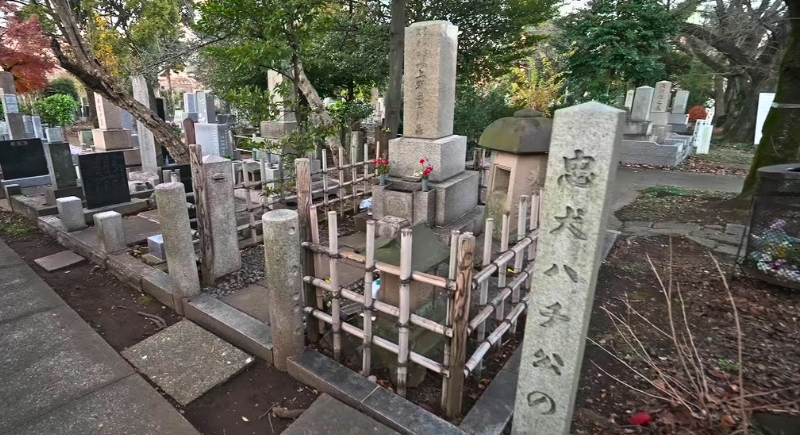
Credit: Youtube
Although Hachi’s body was preserved, his ashes were buried alongside Ueno at Aoyama Cemetery. A small marker next to the professor’s tomb notes his name. Visitors often leave flowers or stand silently for a moment.
Hachiko Family Mosaic Wall
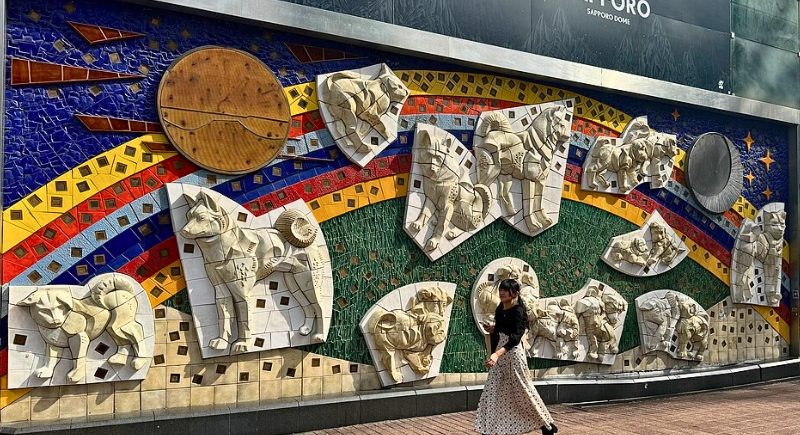
Credit: Wikimedia Commons
Even decades after his passing, Hachiko remains a visible presence in Shibuya. In 1990, artist Ryutaro Kitahara created a large mosaic mural showing him surrounded by other Akita dogs. It is on one of the station’s walls and also features a short poem inviting people to meet there.
Reunion Statue at the University
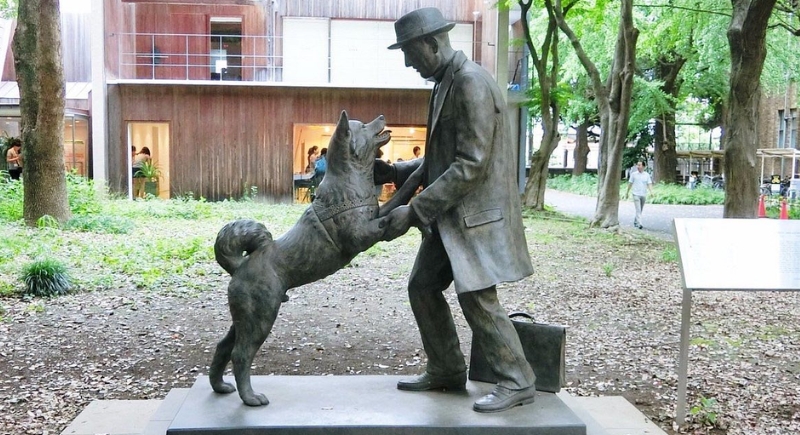
Credit: Instagram
The University of Tokyo marked the 80th anniversary of Hachiko’s death with a special statue in 2015. It shows Hachi leaping toward Professor Ueno in a moment they never shared in life. Sculptor Tsutomo Ueda designed the piece to suggest reunion and warmth. Today, the sculpture is positioned under a tree with a bench nearby to provide shade for tourists.
An American Movie
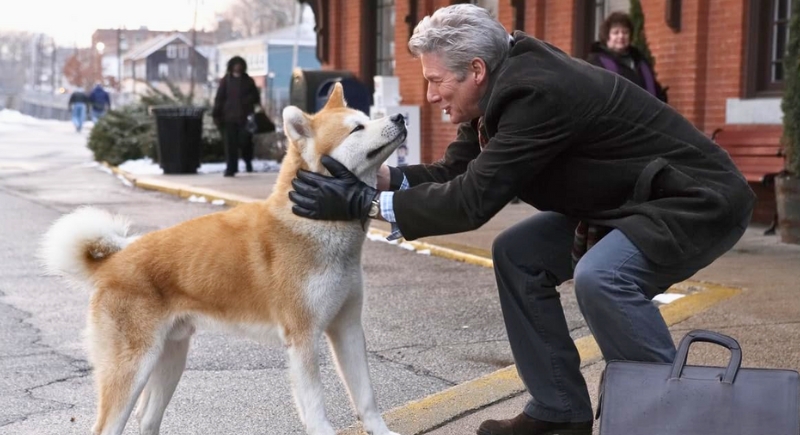
Credit: IMDb
Such was the popularity of Hachiko’s story that it inspired a Hollywood adaptation in 2009. Hachi: A Dog’s Tale, starring Richard Gere, moved the story to an American setting. Filmed in Rhode Island, the film led to a bronze statue being placed outside the train station used in the movie.
Museum Dedicated to Akita Dogs
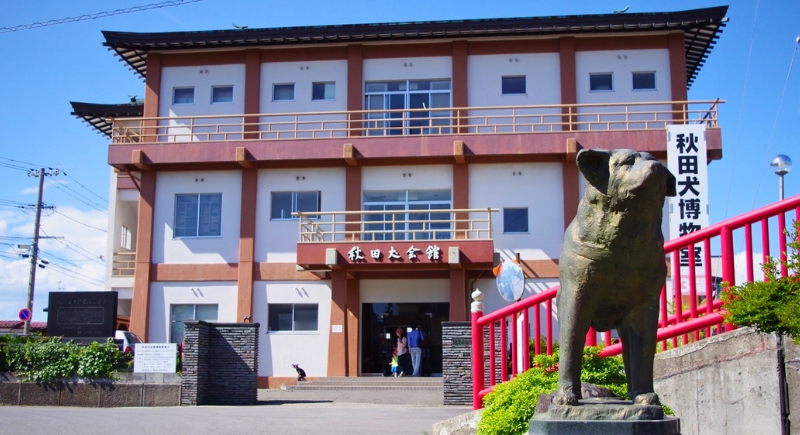
Credit: Facebook
If you want to connect with where Hachiko’s story truly began, head to Odate City, his birthplace and home to the Akita Dog Museum. The museum covers the breed’s traits, history, and role in Japanese culture. Throughout the city, you’ll spot nods to Hachiko in public art and even on manhole covers.
Centennial Events in Japan
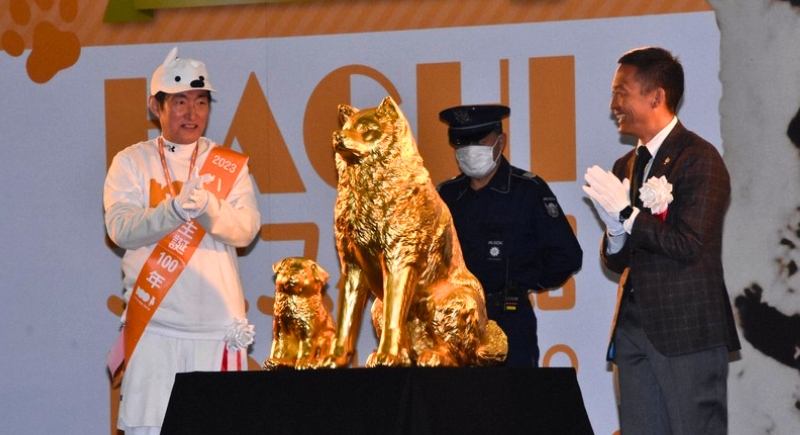
Credit: mainichi
Hachiko’s story continues to resonate even today. In 2023, Japan marked the 100th anniversary of its birth with events across several cities. Schools revisited his story, while writers and filmmakers reflected on why it still matters.
A Reflection of Cultural Values
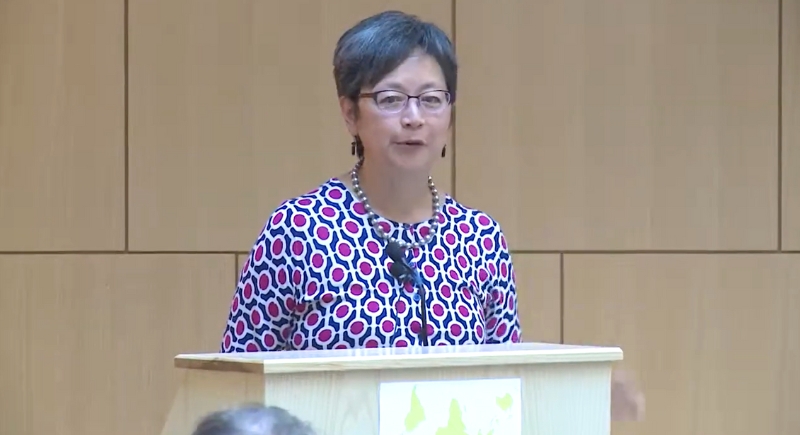
Credit: Youtube
Anthropologist Christine Yano has described Hachiko as reflecting deeply held values in Japanese society. His loyalty and predictability match traits often admired in Japanese culture. He didn’t attract attention, cause problems, or seek reward. He simply waited for his companion.